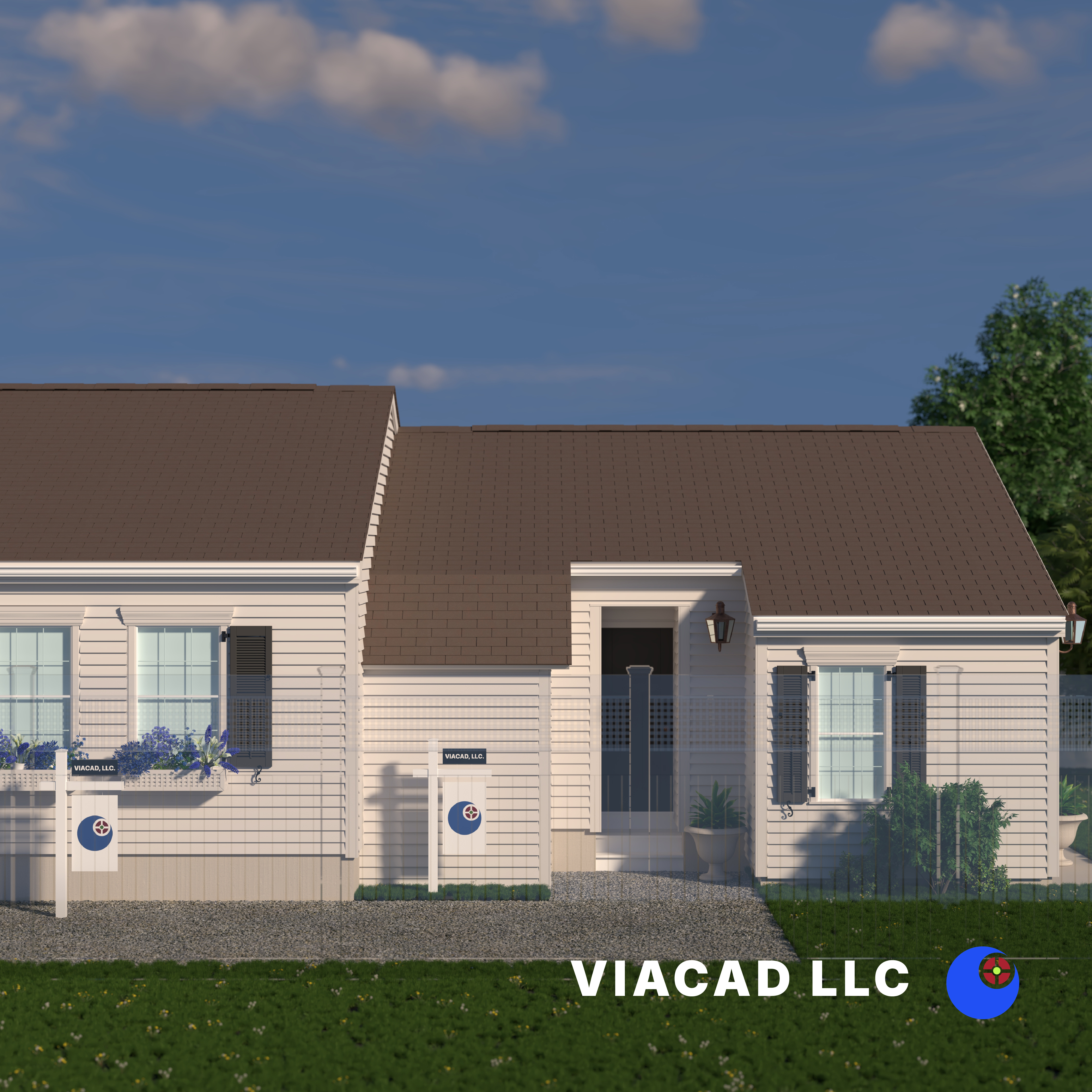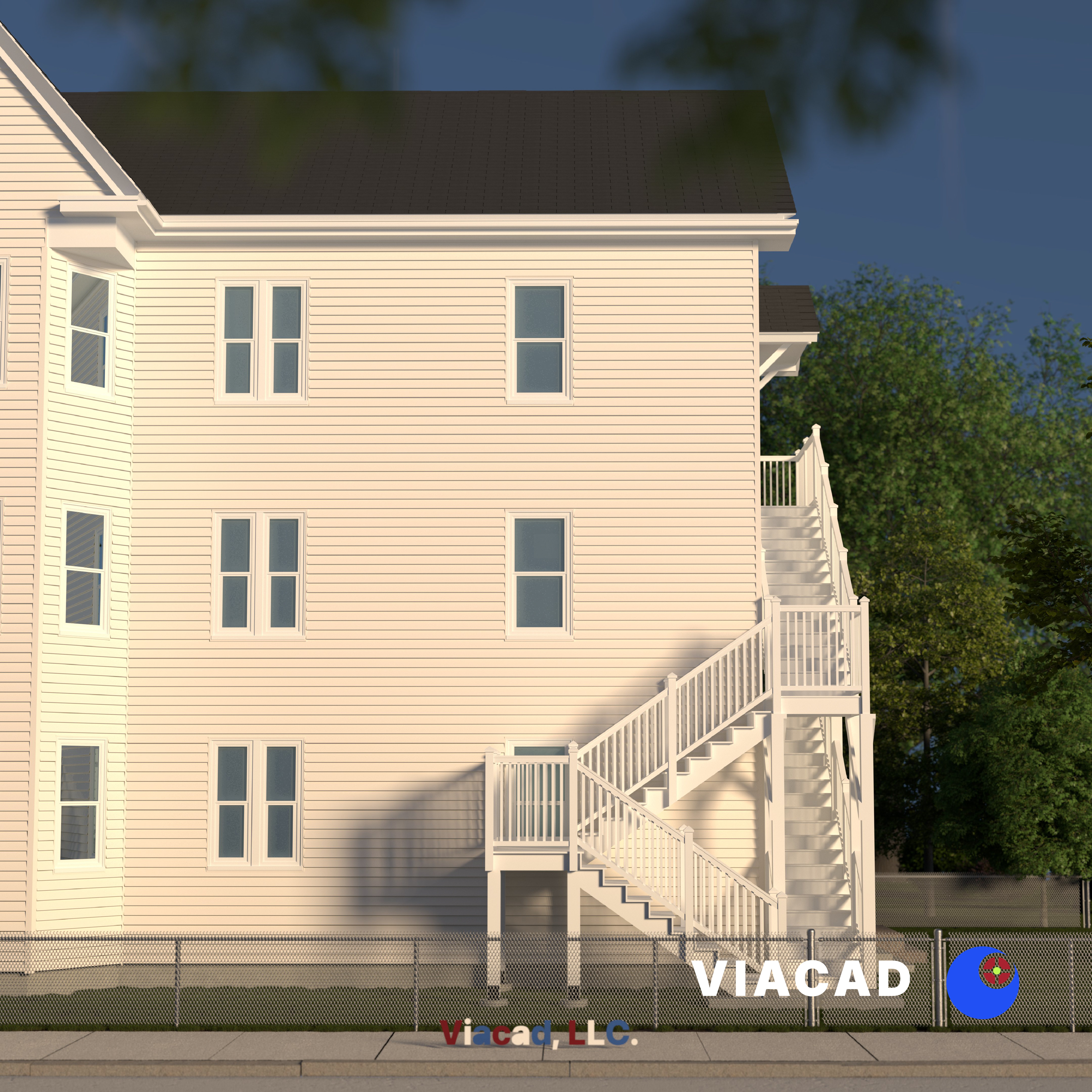

A zoning ordinance in Worcester, Massachusetts, is a law that controls land use within the city’s specific districts. It helps separate residential, commercial, industrial, and agricultural zones to support Worcester’s unique community development and urban planning goals. This article explains Worcester’s zoning ordinances and their benefits in shaping the city’s growth.
Worcester’s zoning ordinance regulates land use and property development to align with the city’s planning goals and community vision. The ordinance defines the allowed uses and regulations for properties within each district, clarifying what is permitted and setting standards for compliance. These regulations are essential for separating residential from commercial property use, preserving neighborhood character, and supporting Worcester’s diverse urban environment.
The city’s zoning ordinance dictates various aspects of property development, including:
Certain uses or developments are prohibited in specific zones to preserve neighborhood character and ensure that incompatible activities do not disrupt the intended use of each area.
For example, Worcester’s zoning codes ensure that new constructions respect the aesthetic integrity of historic neighborhoods by imposing restrictions on height and square footage. This helps maintain Worcester’s distinctive community aesthetics and supports orderly growth.
Moreover, Worcester’s zoning ordinances manage traffic and noise pollution by designating specific districts strictly for residential use, preserving peaceful living environments free from commercial disruptions.
Understanding these fundamental aspects of Worcester’s zoning ordinance is key to appreciating its role in the city’s urban planning.
Worcester’s zoning ordinance specifies allowed activities for different land districts, designating some for industrial use and others for residential or commercial purposes. The main zoning types in Worcester include:
Each zoning district in Worcester has distinct purposes and follows specific local regulations.
Residential zoning in Worcester encompasses various living arrangements such as single-family homes, apartments, and cooperatives, ensuring safe and pleasant community living.
Commercial zoning supports Worcester’s economic development through office buildings, shopping centers, and restaurants in designated commercial districts.
Industrial zoning in Worcester is reserved for manufacturing, warehouses, and industrial activities, typically located away from residential areas to reduce conflicts.
Agricultural zoning protects Worcester’s farming lands from urban development, maintaining these areas for agricultural use and limiting residential density.

Worcester implements zoning ordinances through a zoning map, visually representing designated land uses across the city’s districts. This map reflects the city government’s planning goals and guides development and land-use decisions.
The Worcester Planning & Regulatory Services office plays a pivotal role by providing up-to-date information on zoning regulations, amendments, and procedures. This office serves residents, developers, and businesses, ensuring compliance with Worcester’s current zoning ordinance.
Worcester’s zoning designations can vary significantly by district, making it essential to consult the local zoning office for accurate definitions and guidance. The office helps residents and developers navigate Worcester’s zoning rules and understand any amendments or exceptions.
Consulting Worcester’s zoning office helps avoid costly mistakes and ensures that development projects align with the city’s goals and regulations.
Worcester’s zoning map is an essential resource for anyone looking to understand how land is regulated and developed across the city. This map visually outlines the boundaries of each zoning district, making it easy to identify whether a property falls within a residential, commercial, industrial, or agricultural zone. Each area on the zoning map is subject to specific zoning ordinances and regulations that dictate what types of activities and developments are allowed.
By consulting the zoning map, residents, property owners, and developers can quickly determine the requirements and restrictions that apply to a particular area. For example, a property located in a residential zone will be governed by different rules than one in an industrial or commercial district. This information is crucial for planning new construction, renovations, or changes in land use, ensuring that all projects comply with Worcester’s zoning ordinances.
The zoning map is regularly updated to reflect any changes or amendments to the city’s zoning regulations. It is available for public access on the city’s official website and at the local planning department, providing up-to-date information for anyone involved in property development or land use planning. Using the zoning map as a reference helps ensure that all development aligns with Worcester’s planning goals and legal requirements.
The current zoning ordinance in Worcester serves as the city’s primary set of rules for managing land use and property development. Adopted by the city council, this ordinance establishes clear regulations for how land can be used, the types of buildings permitted, and the standards that must be met for new developments or changes to existing properties. The ordinance covers a wide range of topics, including zoning districts, building height and density, parking and loading requirements, and signage rules.
In addition to outlining the requirements for each zoning district, the current zoning ordinance details the process for obtaining necessary permits, requesting variances, and applying for amendments to the ordinance itself. This ensures that property owners and developers have a clear path to follow when seeking permission for projects that may not fit within the standard regulations.
The current zoning ordinance is updated periodically to reflect changes in city policy, community needs, and state or federal regulations. It is available for review on the city’s website, making it easy for residents, businesses, and developers to stay informed about the latest rules and requirements. Familiarizing yourself with the current zoning ordinance is essential for ensuring compliance, making informed decisions about property use, and taking advantage of opportunities for development within Worcester.
Worcester’s zoning ordinances include provisions for exceptions and amendments to address unique circumstances. Zoning variances allow specific properties to deviate from zoning restrictions through a formal request process. Tenants may benefit from variances if they are approved, allowing them to operate within a property despite existing zoning restrictions.
Grandfather clauses in Worcester’s zoning laws exempt existing tenants or businesses from new regulations, provided certain criteria are met, allowing them to continue operating despite changes.
Zoning amendments in Worcester are made to reflect evolving community needs and planning goals, often initiated by city officials or community input.

Worcester’s zoning ordinances promote sustainable urban growth by designating areas for future development near schools, hospitals, and other essential services. This organized land use supports cohesive community development aligned with broader city planning objectives.
Zoning in Worcester helps maintain property values by separating incompatible land uses, contributes to community safety by setting building density standards, and promotes walkable neighborhoods through mixed-use zoning.
Like many cities, Worcester faces challenges from restrictive zoning codes that can increase housing costs and limit affordable housing options. Single-family zoning in Worcester contributes to urban sprawl and increased car dependency, impacting the environment.
Changes to Worcester’s zoning regulations can create uncertainty for homeowners and businesses, potentially causing financial burdens.
If you encounter a zoning issue, you may need to seek legal assistance to resolve conflicts or disputes.
Worcester’s zoning ordinances impact the local housing crisis by limiting multi-family housing options and contributing to housing shortages and rising prices. Revising Worcester’s zoning codes to encourage higher-density residential development can help address these challenges.
Worcester may need to adjust zoning ordinances to allow for higher-density housing and transit-oriented development, reducing car dependency and promoting sustainable growth.
As Worcester continues to grow, its zoning ordinances will evolve to meet the city’s changing needs and support a livable, vibrant community.
Worcester’s zoning ordinances are fundamental to the city’s urban planning and community development. They regulate land use across districts, helping maintain neighborhood character, promote organized growth, and facilitate infrastructure planning.
Addressing zoning challenges with flexible regulations will help Worcester meet future housing and development needs while preserving its unique identity.
The primary purpose is to regulate land use and property development in Worcester’s districts, ensuring organized growth and enhancing residents’ quality of life.
Residential, commercial, industrial, and agricultural zoning, each serving specific land use objectives within Worcester’s districts.
Through a zoning map and the Planning & Regulatory Services office, which provide guidance and enforce regulations.
Variances allow exceptions to zoning rules; grandfather clauses exempt existing tenants or businesses from new regulations.
They affect housing availability and affordability by regulating density and land use, with ongoing efforts to revise codes to support more housing options.

Currently accepting projects in Massachusetts.